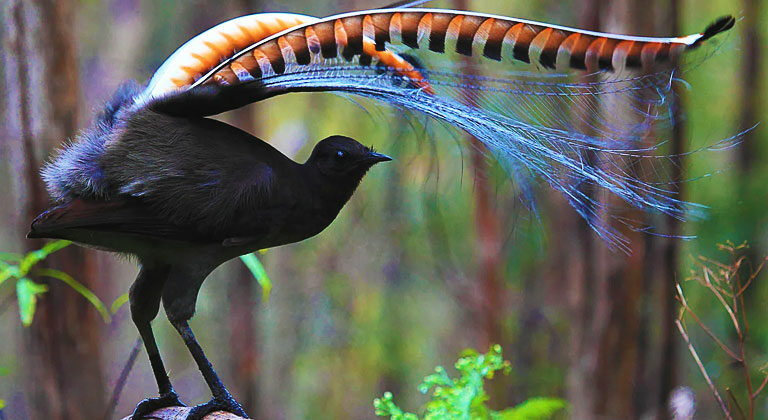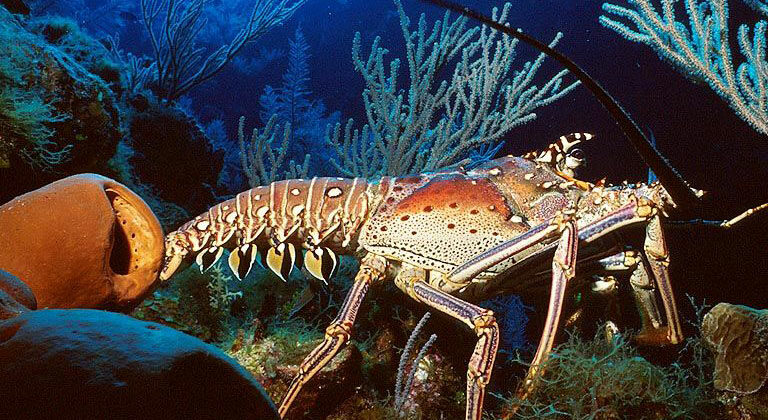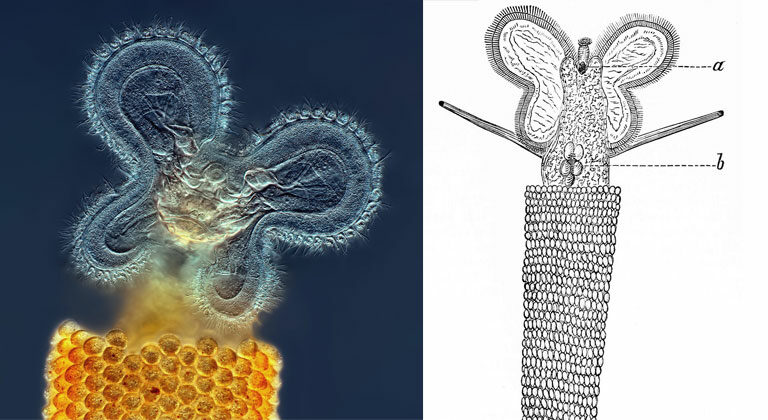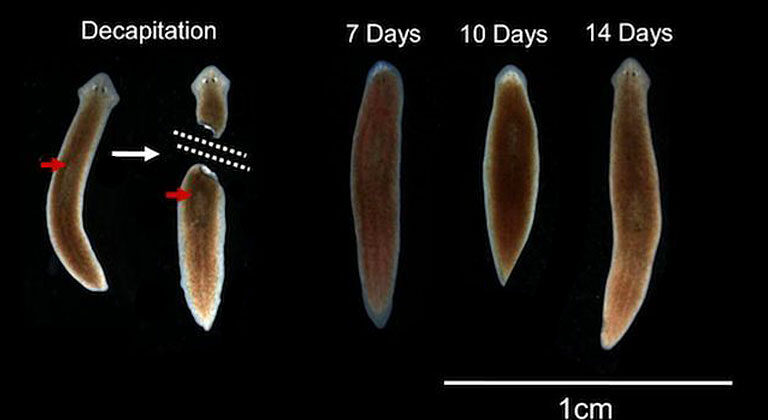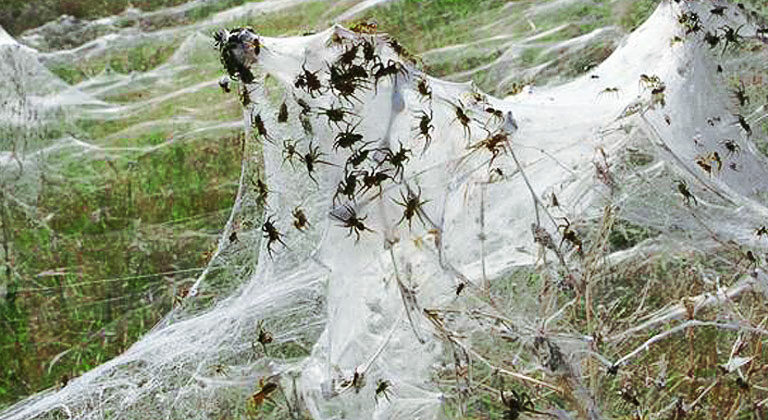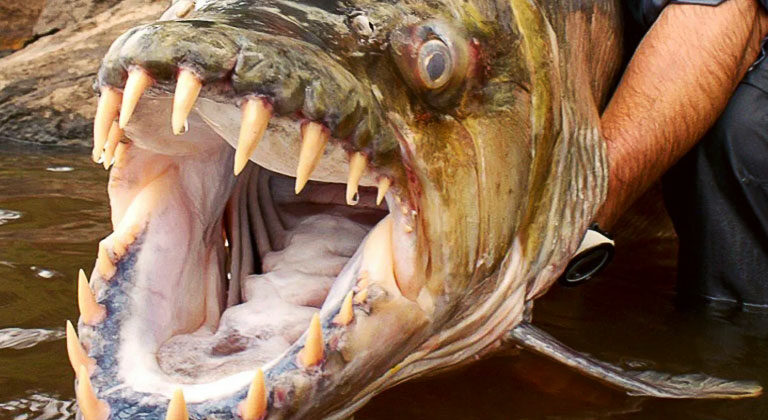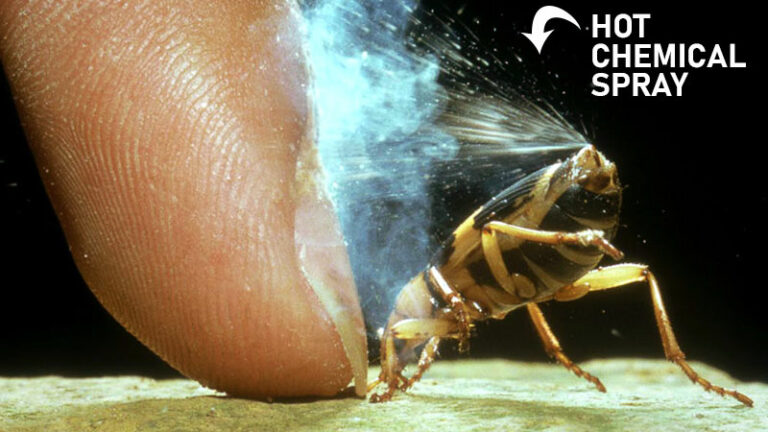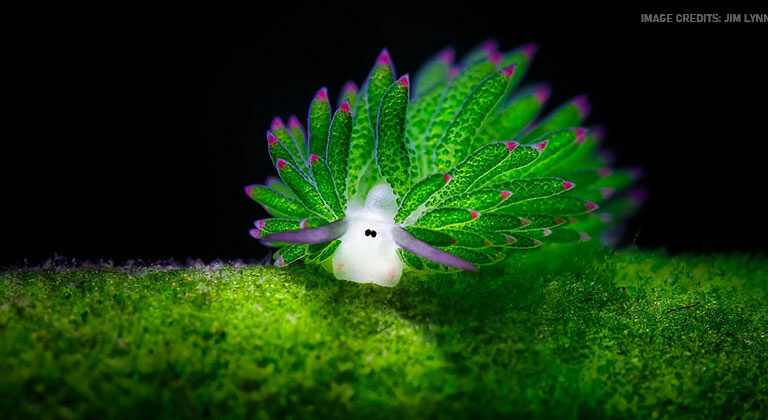In 1969, Australian park ranger Neville Fenton recorded an unusual song in Sherbrooke Forest near Melbourne. The song sounded like a flute being played by a human, but upon investigation, Fenton discovered that it was actually a lyrebird mimicking the sound. This discovery led to an incredible story about the lyrebird’s ability to mimic sounds. […]
The Surprising Reason Lobsters Don’t Die of Old Age
It is true that lobsters do not die from old age. Unlike many other species, they do not have a fixed lifespan. They are known for their long lifespans, with some individuals living for over 100 years. As lobsters grow, they continue to molt and shed their hard exoskeleton, allowing them to grow a new […]
The Baobab Tree: Africa’s Iconic Tree and Its Lesser-Known Secrets
The baobab tree, also known as Adansonia, is a unique and fascinating tree that is native to the African continent. These iconic trees can be found in various parts of Africa, including Madagascar, Senegal, Tanzania, and Botswana, among others. The baobab tree is known for its distinctive appearance, with a large, swollen trunk and branches […]
Ecological Importance of Floscularia ringens
Rotifer Floscularia ringens, commonly known as the trumpet animalcule, is a microscopic freshwater invertebrate that belongs to the phylum Rotifera. It is a sessile organism, meaning it is anchored to a substrate or sediment by a stalk. This tiny creature has a bell-shaped, transparent body and is named for its trumpet-like shape. Floscularia ringens has […]
Capturing Light: How the Human Eye and Black Holes Are Alike
The human eye and black holes are two vastly contrasting objects that surprisingly share a common trait: their ability to absorb light. The human eye is a marvel of nature, capturing and decoding light to give us a window into the world around us, while black holes are enigmatic regions of space where not even […]
Memory Without a Brain? Sliced-Off Flatworm Heads Retain Memories, Say Biologists
Planarian flatworms are small, flat-bodied freshwater invertebrates known for their remarkable regenerative abilities. With a distinctive elongated body shape covered in cilia, these animals range in size from just a few millimeters to several centimeters in length. They have a simple nervous system, primitive “eyespots,” and a single opening that serves as both a mouth […]
Flying Spiders: The Phenomenon of Ballooning Spiders
Have you ever looked up at the sky on a sunny day and noticed a tiny speck floating along with the clouds? Chances are, you might have encountered one of the world’s most fascinating creatures – a spider. Yes, you heard that right! Spiders have the incredible ability to fly through the air, and it […]
The Mighty Goliath Tigerfish: Taking Down Crocodiles
The Goliath Tigerfish (Hydrocynus goliath) is a large, predatory freshwater fish that is native to the Congo River Basin in Central Africa. It is considered one of the top predators in its environment and is known for its aggressive and predatory nature. In terms of size, the Goliath Tigerfish can grow up to five feet […]
Chemical Engineering in the Wild: The Defense Mechanism of Asian Bombardier Beetles
Asian bombardier beetles are a unique group of insects known for their impressive defense mechanism against predators. These beetles have the ability to shoot a hot chemical spray from their abdomens, which can deter would-be attackers and give the beetle time to escape. The spray is created by storing two separate chemicals, hydrogen peroxide and […]
The Underwater Photosynthesizer: The Leaf Sheep Sea Slug’s Quest for Survival
The leaf sheep sea slug, also known as Costasiella kuroshimae, is a fascinating and unique creature that lives in the ocean. Unlike other marine animals that rely on hunting or scavenging for food, this sea slug has a secret weapon that allows it to survive in environments where food is scarce: the ability to photosynthesize. […]

